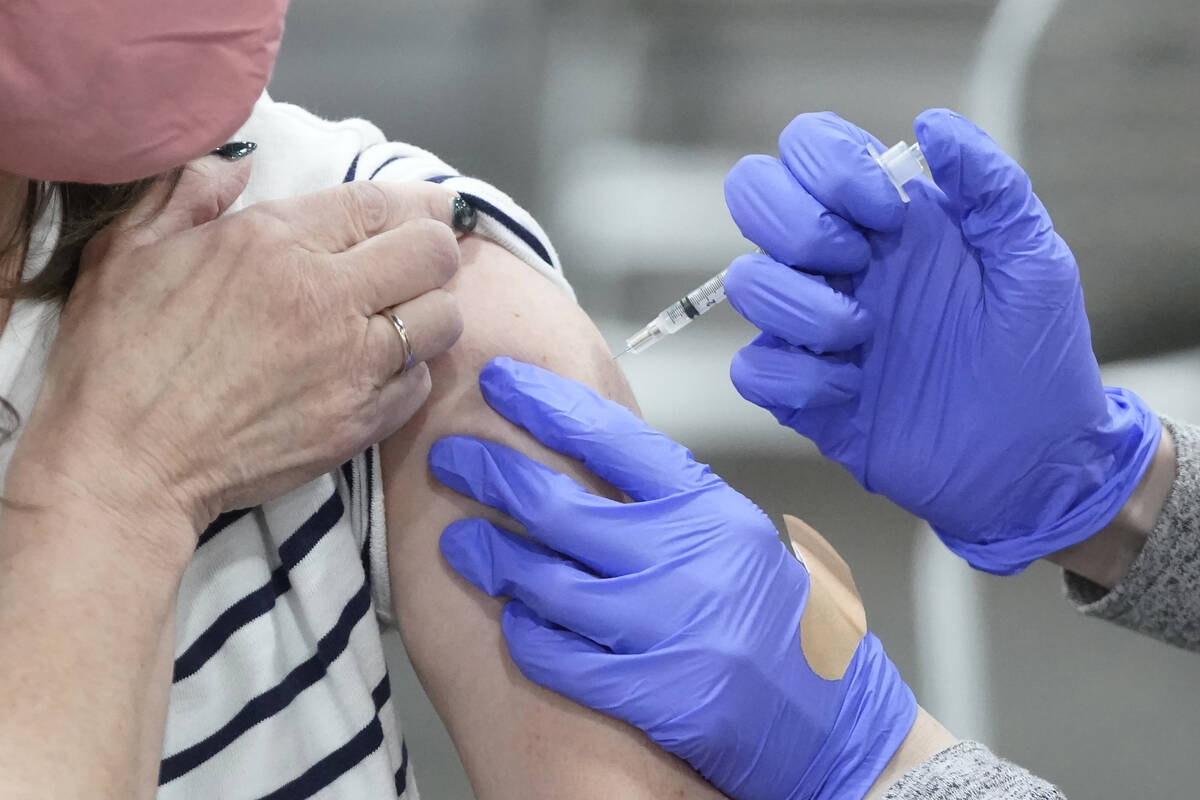Scientists make strides in quest for universal flu shot

For years, scientists have tried, and failed, to make a one-and-done vaccine that would provide at least partial protection against all types of the flu.
A University of Pennsylvania scientist now thinks he has cracked the case, using the same technology that was the basis for the Pfizer and Moderna COVID-19 vaccines: messenger RNA.
In November, Scott Hensley and his colleagues announced promising results from testing this universal flu vaccine in lab animals, and now they are making plans to test it in humans.
The vaccine would not take the place of annual flu shots, which are tailored to match the strains of flu circulating that year. Instead, it would offer a baseline level of protection against the 20 broader types of the flu — probably not preventing infection in most cases, but sharply reducing the risk of severe disease, said Hensley, a professor of microbiology at Penn’s Perelman School of Medicine.
“Can we make a vaccine that primes our immune systems against every influenza subtype, including those that are already circulating in humans and also those that have not made the jump from animals?” he asked. “That’s really our goal here.”
When scientists have tried to make universal flu vaccines in the past, the formulas typically consisted of ancestral protein fragments that all flu viruses have in common. For a variety of reasons, the immune system did not form a robust response to this lowest-common-denominator approach.
Hensley’s vaccine, on the other hand, consists of proteins from all 20 different types of the flu — or technically, the recipe for the recipient to make those proteins, spelled out with the four building blocks of mRNA.
That concept was first developed two decades ago by two of Hensley’s Penn colleagues, Drew Weissman and Katalin Karikó, who gained wide acclaim upon its first real-world success, the Pfizer and Moderna vaccines against COVID. Weissman also is among Hensley’s collaborators on the universal flu vaccine, and separately, he is working on various vaccines that would protect against multiple coronaviruses.
Scientists not involved with the flu vaccine experiments, the results of which were published in Science, say the Penn team’s approach seems promising.
In addition to allowing for the inclusion of 20 different kinds of proteins, mRNA vaccines can be made more quickly than traditional vaccines. That’s a plus if recipes need to be tweaked in a pandemic, University of Saskatchewan scientists Alyson A. Kelvin and Darryl Falzarano wrote in a commentary published in the same journal.
But getting such a vaccine approved may be a challenge, according to Sarah Cobey, a professor of viral ecology and evolution at the University of Chicago. The FDA typically requires a drug company to demonstrate that a vaccine prevents infections, which would be hard to show when most types of flu are not in circulation, she told STAT, a health and science media outlet.
“The licensure path does not look straightforward to me,” she said.
Still, she said the results of the Penn flu vaccine were encouraging.
In addition to the ease of manufacture, another advantage of the mRNA approach is that it seems to overcome a problem called original antigenic sin, Hensley said.
What that means requires a bit of explanation:
The immune system forms a lasting memory of the first time it encounters a virus or a vaccine based on that virus. This initial imprinting is so strong that if a person is later vaccinated against a different form of the virus, their immune system may nevertheless respond with antibodies that are more closely matched to the original exposure.
Call it the challenge of teaching an old dog new tricks, immune-system edition.
But with Hensley’s universal vaccine, when lab animals were exposed to fragments of all 20 flu varieties at once, their immune systems appeared to form equally strong, lasting memories of all 20.
The approach seemed to work both in animals that had never been exposed to any type of flu and in those with a previous exposure. In other words, the 20-flavors-at-once approach seems able to override the strong initial memories — a phenomenon that Hensley and his lab members have jokingly referred to as “absolution” of the original “sin.”
“If the vaccine is given early in childhood, it may provide an initial blessing of induced immunity,” he said. “And perhaps this vaccine is also useful for absolution of original antigenic sin.”